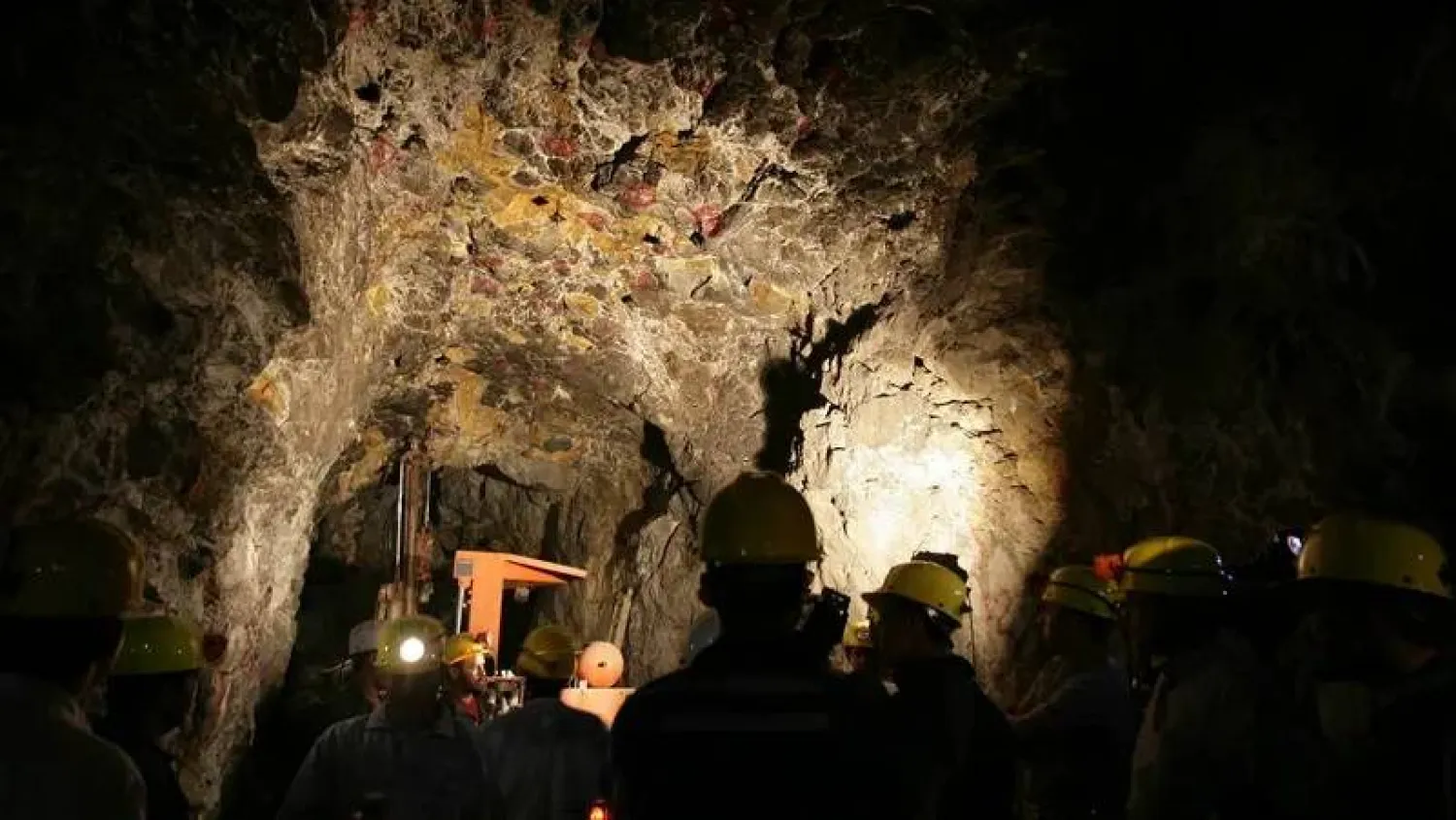The Ministry of Industry and Mineral Resources announced on Thursday a significant rise in new mining exploitation licenses during the first half of 2025, marking a 144% increase compared to the same period in 2024.
A total of 22 licenses were issued - up from just nine in the previous year - reflecting growing investor interest and the ministry's efforts to create a more attractive and competitive mining environment.
The jump is also aligned with the rapid development of the Saudi mining sector, which is undergoing as part of the country's broader push for economic diversification.
According to the ministry's spokesperson, Jarrah bin Mohammed Al-Jarrah, 23 companies were granted exploitation licenses during this period, 16 of them receiving a mining license for the very first time. Combined, these projects represent investments exceeding SAR134 million and cover an area of 47 square kilometers.
Annual production capacity from the newly licensed operations is estimated at 7.86 million tons of various mineral resources, including salt, clay, silica sand, low-grade iron ore, feldspar, and gypsum.
Currently, the Kingdom holds a total of 239 active mining exploitation and small-mine licenses. Of these, 32 fall under Category A, covering high-value minerals such as gold, copper, phosphate, and bauxite, while the remaining 207 are Category B licenses for a range of other minerals, including silica sand, gypsum, limestone, salt, and clay.
The ministry underlined its commitment to advancing the mining sector as a central pillar of Saudi Vision 2030.
With mineral wealth in the Kingdom estimated at over SAR9.4 trillion, the sector is being positioned as the third key industrial pillar, supporting national efforts to diversify sources of income and drive sustainable economic growth.







